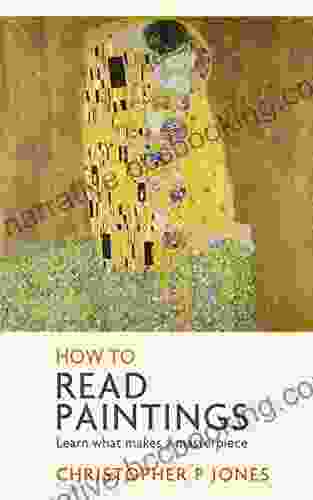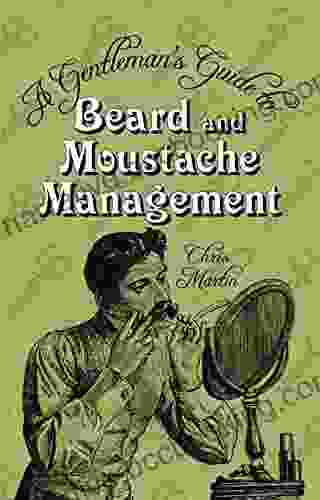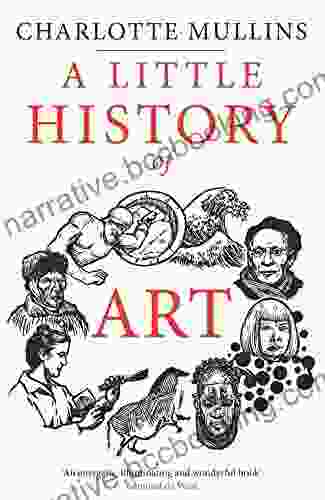Unveiling the Masterpieces: A Comprehensive Guide to Reading Paintings

Art is a language that transcends words, communicating emotions, ideas, and narratives through the visual realm. Just as we read literature to understand the written word, we can also "read" paintings to access their profound depths. This comprehensive guide will equip you with the tools and techniques to unlock the secrets of paintings, transforming you into an art connoisseur.
Understanding the Elements of Art
To begin our journey into the world of painting, we must first familiarize ourselves with the core elements that constitute it. These fundamental components include:
4.3 out of 5
| Language | : | English |
| File size | : | 30718 KB |
| Text-to-Speech | : | Enabled |
| Screen Reader | : | Supported |
| Enhanced typesetting | : | Enabled |
| Lending | : | Enabled |
| Print length | : | 89 pages |
- Line: The path created by the movement of a point. Lines can express direction, movement, and form.
- Shape: A two-dimensional area defined by its boundaries. Shapes can be geometric or organic, abstract or representational.
- Texture: The perceived surface quality of an object. Texture can be created through brushstrokes, impasto, or the use of different materials.
- Value: The lightness or darkness of a color. Value can be used to create depth, contrast, and form.
li>Color: The visual sensation produced by the reflection or absorption of light. Color can elicit emotions, convey meaning, and create spatial relationships.
Deciphering Visual Cues
Once we understand the elements of art, we can begin to decipher the visual cues that artists use to convey their messages. These cues include:
- Composition: The arrangement of elements within a painting. Composition can create balance, harmony, and visual interest.
- Perspective: The illusion of depth and spatial relationships within a painting. Perspective can be created through linear perspective, aerial perspective, or other techniques.
- Focal Point: The point within a painting that draws the viewer's attention. The focal point can be created through contrast, color, or placement.
- Symbolism: The use of objects, colors, or figures to represent abstract ideas or meanings. Symbolism can enrich the narrative and convey hidden messages.
- Brushwork: The manner in which the paint is applied. Brushwork can express the artist's emotions, create texture, and reveal hidden details.
Identifying Artistic Styles
Throughout history, artists have developed distinct styles that reflect their unique perspectives and artistic influences. Some of the most prominent styles include:
- Renaissance: Characterized by realistic depiction, humanism, and the use of linear perspective. Artists: Leonardo da Vinci, Michelangelo, Raphael.
- Baroque: Known for its dramatic lighting, rich colors, and exuberant ornamentation. Artists: Rembrandt, Caravaggio, Rubens.
- Neoclassicism: Inspired by the art of ancient Greece and Rome, emphasizing Free Download, balance, and idealized forms. Artists: Jacques-Louis David, Antonio Canova.
- Romanticism: Celebrated emotion, imagination, and the beauty of nature. Artists: J.M.W. Turner, Caspar David Friedrich, Eugène Delacroix.
- Impressionism: Captured the fleeting effects of light and color, using loose brushwork and vibrant hues. Artists: Claude Monet, Pierre-Auguste Renoir, Edgar Degas.
- Modernism: Broke away from traditional forms and subjects, embracing abstraction, symbolism, and experimentation. Artists: Pablo Picasso, Henri Matisse, Wassily Kandinsky.
Unlocking the Stories Behind Paintings
Paintings often tell stories or convey specific messages. To unlock the narrative behind a painting, consider the following steps:
- Context: Research the historical, cultural, and personal context in which the painting was created.
- Subject Matter: Identify the main subject of the painting, including people, objects, or landscapes.
- Composition: Analyze the composition of the painting to understand how elements are arranged to convey meaning.
- Symbolism: Look for symbolic objects, colors, or figures that may reveal hidden meanings or messages.
- Interpretation: Formulate your own interpretation of the painting, considering all the information gathered.
Reading paintings is a rewarding and enlightening experience that requires curiosity, observation, and critical thinking. By understanding the elements of art, deciphering visual cues, identifying artistic styles, and unlocking the stories behind paintings, you can transform your appreciation for art and gain a deeper understanding of the world around you. Remember, art is a mirror of human nature, reflecting our dreams, emotions, and aspirations. As you delve into the world of paintings, may you discover the boundless beauty and wisdom that lies within.
**Bonus Tip:** For further exploration, consider enrolling in art history courses, visiting museums and galleries, and reading books on specific artists or movements. Engaging with art on a regular basis will refine your observation skills and enhance your understanding of its multifaceted nature.
4.3 out of 5
| Language | : | English |
| File size | : | 30718 KB |
| Text-to-Speech | : | Enabled |
| Screen Reader | : | Supported |
| Enhanced typesetting | : | Enabled |
| Lending | : | Enabled |
| Print length | : | 89 pages |
Do you want to contribute by writing guest posts on this blog?
Please contact us and send us a resume of previous articles that you have written.
 Book
Book Novel
Novel Page
Page Chapter
Chapter Text
Text Story
Story Genre
Genre Reader
Reader Library
Library Paperback
Paperback E-book
E-book Magazine
Magazine Newspaper
Newspaper Paragraph
Paragraph Sentence
Sentence Bookmark
Bookmark Shelf
Shelf Glossary
Glossary Bibliography
Bibliography Foreword
Foreword Preface
Preface Synopsis
Synopsis Annotation
Annotation Footnote
Footnote Manuscript
Manuscript Scroll
Scroll Codex
Codex Tome
Tome Bestseller
Bestseller Classics
Classics Library card
Library card Narrative
Narrative Biography
Biography Autobiography
Autobiography Memoir
Memoir Reference
Reference Encyclopedia
Encyclopedia Chris Worfolk
Chris Worfolk Christine Dzidrums
Christine Dzidrums Christine Ha
Christine Ha Christine L Norvell
Christine L Norvell Cheryl Burke
Cheryl Burke Chris Mooney
Chris Mooney Christina Zierold
Christina Zierold Chris Rodell
Chris Rodell Chris Elle Dove
Chris Elle Dove Chip Coffey
Chip Coffey Chris Smaje
Chris Smaje Christina Henry De Tessan
Christina Henry De Tessan Chris Fitch
Chris Fitch Christopher Marlowe
Christopher Marlowe Christopher Lee Philips
Christopher Lee Philips Christine M Benton
Christine M Benton Christian Heath
Christian Heath Chantel Acevedo
Chantel Acevedo Cathy Bryanne
Cathy Bryanne Chris Pountney
Chris Pountney
Light bulbAdvertise smarter! Our strategic ad space ensures maximum exposure. Reserve your spot today!

 Juan ButlerJourney to a Hidden Paradise: Unveiling the Allure of 'The Island The People...
Juan ButlerJourney to a Hidden Paradise: Unveiling the Allure of 'The Island The People... Foster HayesFollow ·11.5k
Foster HayesFollow ·11.5k Russell MitchellFollow ·8k
Russell MitchellFollow ·8k Glenn HayesFollow ·6.8k
Glenn HayesFollow ·6.8k Anthony BurgessFollow ·7.7k
Anthony BurgessFollow ·7.7k Joseph ConradFollow ·16.3k
Joseph ConradFollow ·16.3k Brian WestFollow ·16.4k
Brian WestFollow ·16.4k Lord ByronFollow ·4.2k
Lord ByronFollow ·4.2k Percy Bysshe ShelleyFollow ·17.6k
Percy Bysshe ShelleyFollow ·17.6k
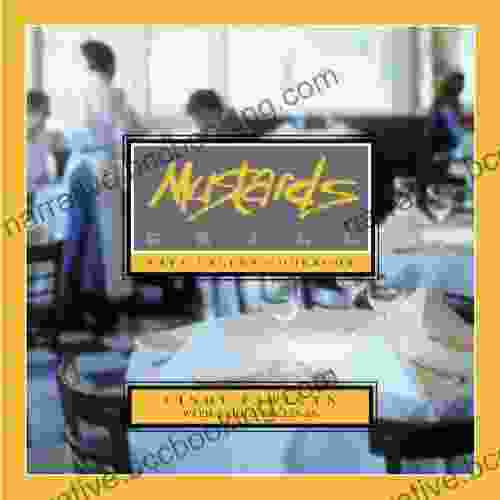
 J.R.R. Tolkien
J.R.R. TolkienEscape to the Culinary Paradise: "Truck Stop Deluxe In...
Prepare your palate for an...

 Andres Carter
Andres CarterA Taste of the Unusual: Discover the Enchanting World of...
Prepare to be captivated by "Cindy Supper...

 Nick Turner
Nick TurnerChild Obesity: Introducing the Idea of Healthy Weight
Child obesity is a serious...

 Junot Díaz
Junot DíazGoing Local: Your Ultimate Guide to Swiss Schooling |...
In the heart of Europe, Switzerland boasts a...
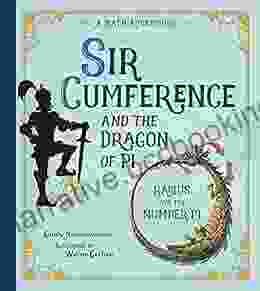
 Raymond Parker
Raymond ParkerSir Cumference and the Dragon of Pi: A Mathematical Fable
In the enchanting realm of...
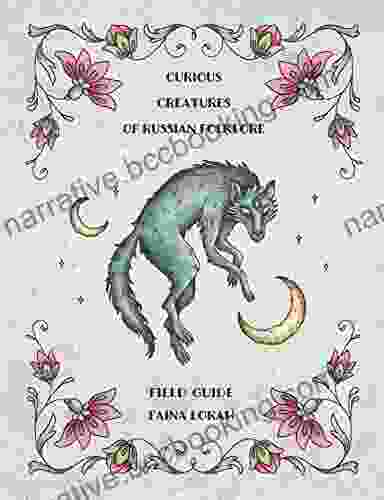
 Thomas Powell
Thomas PowellUnveiling the Enchanting Realm of Curious Creatures from...
Russian folklore is a rich tapestry of...
4.3 out of 5
| Language | : | English |
| File size | : | 30718 KB |
| Text-to-Speech | : | Enabled |
| Screen Reader | : | Supported |
| Enhanced typesetting | : | Enabled |
| Lending | : | Enabled |
| Print length | : | 89 pages |


